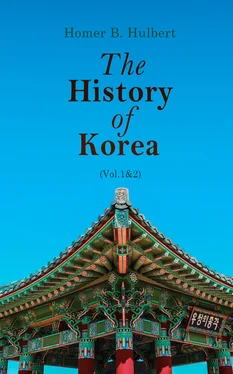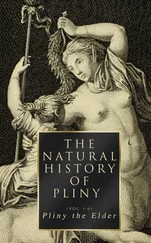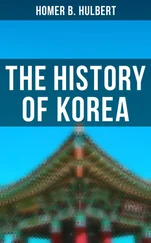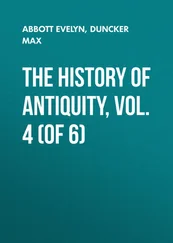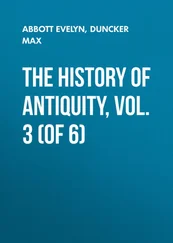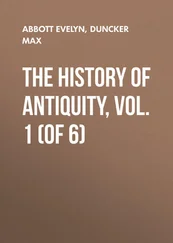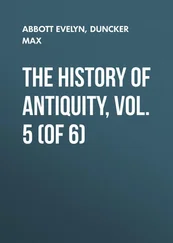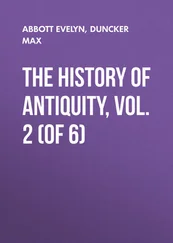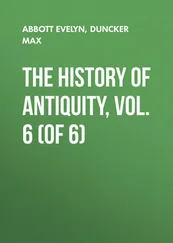1 ...8 9 10 12 13 14 ...52 The land was fertile. The mulberry flourished and silk culture was a common employment. Horses and cattle were used both under the saddle and as beasts of burden. Marriage rites were scrupulously observed and the distinction between the sexes was carefully preserved. When a body was interred men followed the bier waving feathers in the air to help waft the soul of the departed on its flight to heaven. The country contained much mineral wealth. Ye-măk, Ma-han and the Japanese all obtained metal from Chin-han. Iron was the medium of exchange. They were fond of music and the dance. Their music was made by means of a rude harp and an instrument made by stretching wire back and forth inside a metal cylinder which, when struck, caused the strings to vibrate. When a child was born a stone was placed against its head to flatten it. Tattooing was common in those parts contiguous to the Japanese, which would imply that the custom was a borrowed one. When two men met on the road it was considered good form for each to stop and insist upon the others passing first.
It is hardly necessary to dwell upon the characteristics of the Pyön-han people, for they were nearly the same as those of the people of Chin-han. Some say they were within the territory of Chin-han, others that they were south both of Ma-han and Chin-han, and nearest to the Japanese. They tatooed a great deal. Beyond this fact little is known of them excepting that their punishments were very severe, many offences being punished with death.
It is difficult to say what was the nature of the bond between the different districts which made up the whole body of either Ma-han, Chin-han or Pyön-han. On the one hand we are told that the districts were entirely separate and yet we find Ma-han, as a whole, performing acts that imply some sort of federation at least if not a fixed central government. In fact one Chinese work states that a town named Cha-ji was the capital of all three of the Hans. We must conclude therefore from those and subsequent statements that some sort of central government prevailed, at least in Ma-han.
The names of the several kingdoms which composed the three Hans are preserved to us, mutilated, in all probability, by reason of Chinese transliteration, but still useful from a philological and ethnological standpoint. If the reader will glance but casually at the list of these separate districts as given in the appendix, he will see that there was good cause for the division into three Hans. We will point out only the most striking peculiarities here, as this belongs rather to the domain of philology than to that of history. In Ma-han we find seven of the names ending ro . We find two or three of the same in Pyön-han but none in Chin-hau. In Ma-han we find fourteen names ending in ri but none in either of the others. In Pyön-han we find ten names beginning with Pyön-jin which is wholly unknown to the other two. In this we also find three with the unique suffix mi-dong . In Chin-han we find nine ending in kan and five in kaye , which are found in neither of the others. It is hardly necessary to say that these cannot be mere coincidences. In each group we find at least one considerable set of endings entirely lacking in the others. As our own ending ton , ville , burgh , chester and coln have an original significance, so these ending ro , ri , mi-dong , kan and ka-ya have a meaning which should supply us with important clues to the origin of the people of southern Korea.
The marked polysyllabism of these names makes it impossible to imagine a Chinese origin for them. It is seldom that a Manchu or Mongol name of a place exceeds two syllables. On the other hand we find in Japan and Polynesia common use of polysyllabic geographical names. A thorough discussion of the subject here would be out of place, but this much must be said, that several of these endings, as ro , pin and kan , find their almost exact counterpart in the Dravidian languages of southern India, where they mean village , settlement and kingdom .
The argument in favor of the southern origin of the people of the three Hans is a cumulative one. The main points are; the structure and vocabulary of the language, the nonintercourse with the people of northern Korea, the custom of tattooing, the diminutive size of the horses found nowhere else, except in the Malay peninsula, the tradition of the southern origin of the people of the island of Quelpart, the physiological similarity between the people, especially the females, of Quelpart and Formosa, the seafaring propensities of the people of the three Hans, their ignorance of the value of gold and silver, the continuous line of islands stretching along the whole coast of China together with the powerful ocean current which sweeps northward along the Asiatic coast, the tradition of the Telugu origin of the ancient sultans of Anam and the love of bead ornaments.
Such was the status of southern Korea when Ki-jun arrived at Keum-ma-gol. By what means he obtained control of the government is not related but the fact remains that he did so and founded a new kingdom which was destined to survive nearly two centuries. Ki-jun died the same year. No details are given of the events that transpired during the next hundred years or more excepting that one Chinese work states that during the reign of Emperor Wu-ti 140–88 B.C. frequent envoys went from Ma-han to the Chinese court. We are also told that off the coast of Ma-han among the islands lived a tribe called the Chu-ho, a people of smaller stature than the people of Ma-han, and speaking a different language. They cut the hair and wore skins for clothing but clothed only the upper part of the body. They came frequently to Ma-han to barter cattle and pigs.
Ki-jun’s seventh descendant was Hun, with the title of Wŭn-wang. His reign began in 57 B.C. during the reign of the Han Emperor Hsuan-ti and in the second year the great kingdom of Sil-la was founded in Chin-han. In his twenty-second year the great northern kingdom of Ko-gu-ryŭKo-gu-ryŭ was founded, 35 B.C., and nineteen years later the kingdom of Ma-han fell before the forces of Păk-je.
Table of Contents
The founding of Sil-la, Ko-gu-ryuSil-la, Ko-gu-ryu, and Pak-je. … Sil-la … legend … growth. … Tsushima a vassal … credibility of accounts. … Japanese relations … early vicissitudes. … Ko-gu-ryuKo-gu-ryu … four Pu-yus … legend … location of Pu-yu. … Chu-mong founds Ko-gu-ryuKo-gu-ryu … growth and extent … products … customs … religious rites … official grades … punishments … growth eastward. … Pak-je … relations between Sil-la and Pak-je … tradition of founding of Pak-je … opposition of wide tribes … the capital moved. … situationsituation of the peninsula at the time of Christ.
In the year 57 B.C. the chiefs of the six great Chin-han states, Yŭn-jun-yang-san, Tol-san-go-hö, Cha-sa-jin-ji, Mu-san-dă-su, Keum san-ga-ri and Myŭng-whal-san-go-ya held a great council at Yun-chŭn-yangYun-chŭn-yang and agreed to merge their separate fiefs into a kingdom. They named the capital of the new kingdom Sŭ-ya-bŭl, from which the present word Seoul is probably derived, and it was situated where Kyöng-ju now stands in Kyüng-sang Province. At first the name applied both to the capital and to the kingdom.
They placed upon the throne a boy of thirteen years, named Hyŭk-kŭ-se, with the royal title Kŭ-sŭ-gan. It is said that his family name was Pak, but this was probably an afterthought derived from a Chinese source. At any rate he is generally known as Pak Hyŭk-kŭ-se. The story of his advent is typically Korean. A company of revellers beheld upon a mountain side a ball of light on which a horse was seated. They approached it and as they did so the horse rose straight in air and disappeared, leaving a great, luminous egg. This soon opened of itself and disclosed a handsome boy. This wonder was accompanied by vivid light and the noise of thunder. Not long after this another wonder was seen. Beside the Yŭn-yüng Spring a hen raised her wing and from her side came forth a female child with a mouth like a bird’s bill, but when they washed her in the spring the bill fell off and left her like other children. For this reason the well was named the Pal-ch’ŭn which refers to the falling of the bill. Another tradition says that she was formed from the rib of a dragon which inhabited the spring. In the fifth year of his reign the youthful king espoused this girl and they typify to all Koreans the perfect marriage.
Читать дальше
